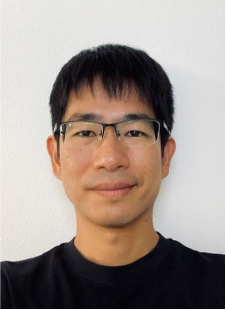Metallic delafossites such as PdCoO2 are layered oxides with a unique crystal structure: conductive Pd+ sheets alternate with insulating [CoO2]− layers. This layered crystal structure gives rise to two remarkable features. First, the Pd+ layers host quasi–two-dimensional electrons with conductivities comparable with elemental metals, enabling long mean free paths and unusual transport phenomena even in ultrathin films. Second, the polar stacking of charged layers produces surfaces and interfaces with strongly contrasting electronic properties. Depending on termination, PdCoO2 can exhibit large work-function differences and polarity-driven dipole layers, which at semiconductor interfaces lead to exceptionally high Schottky barriers.
In this talk, I will highlight how these fundamental properties—low-dimensional metallic transport and polarity effects—emerge from the crystal structure of PdCoO2, and how they open new possibilities for applications in nanoscale interconnects and Schottky devices.

Takayuki Harada is an independent scientist at the National Institute for Materials Science (NIMS), Japan. He received his Ph.D. from the University of Tokyo and subsequently worked as a postdoctoral researcher at Max Planck Institute for Solid State Research, and then as an assistant professor at Tohoku University. He joined NIMS in 2021 and, since 2024, has also served as a visiting associate professor at Tokyo University of Science. His research focuses on thin-film heterostructures and electrical transport properties.
